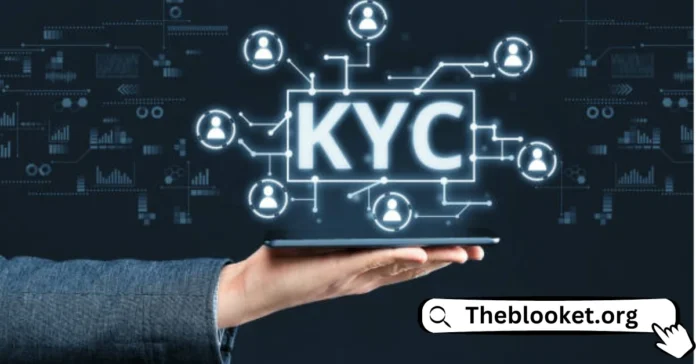A smoother customer onboarding process is critical for gaining new customers. Digital onboarding solutions are a need as businesses continue to expand and compete in a landscape. However, effectively onboarding customers, increasing adoption, and decreasing churn cases present numerous business obstacles. In this blog, we’ll go over the most common issues during customer onboarding and how digital onboarding solutions for banks can tackle them.
Challenges in Verifying and Onboarding Customers
Excessive Forms
Clients can immediately become disappointed when confronted with various forms during onboarding, particularly assuming that they need to finish them up physically. The lengthy KYC onboarding process can frustrate the customers and they leave the process in between thus lowering the conversion rate. However, compliance requirements in some industries require the collection of specific data and identity verification for digital onboarding. By adhering to the regulatory requirements and decreasing the number of steps, the client onboarding process can be improved.
Limited Onboarding Options
Some businesses may restrict digital access to specific platforms, such as the web or mobile devices. Customers usually prefer their desired channels to connect with the company. If there are no diverse digital onboarding options it would discourage potential customers and reduce the market share.
Lengthy Process
Customers may become discouraged from completing the onboarding process due to form submission delays. Therefore companies will lose their potential clients due to long waiting times. Before the introduction of 5G users were 32% more likely to leave a page that took more than 3 seconds to load. In the case of onboarding, several factors can lead to impatience such as there are frequent delays when humans manually check reports. Although there may be an automated system, it is inefficient. Poor UX design made it difficult for users to decide whether to redo the process or wait longer. Businesses that address these issues and streamline the digital onboarding process can get customer loyalty.
Cumbersome Process
Users of traditional identity verification methods frequently have to go to a physical location and carry out several different tasks. However, insufficient image quality, formatting, or size may necessitate a reupload of documents. Sometimes it’s annoying when customers are requested to submit extra documents such as utility bills and bank statements.
Detection of Fraud
Document forgery and fraud can take place in both digital and traditional settings. Regula found that 26% of banking institutions experienced more than 100 instances of identity fraud last year in a global study. Fraudsters are turning out to be more refined. they are using modern technologies like voice cloning, artificial intelligence, and deep files to authorize illicit transactions.
How Digital Onboarding Solution Comes to Rescue?
Automated Data Entry:
Using the Document Reader SDK and a digital onboarding solution, you can use optical character recognition (OCR) technology to automate data entry. It speeds up digital login and reduces manual form filling. You can enhance the customer experience in this manner.
Multi-Channel Onboarding Options:
Provision of multiple channels such as mobile, web, or in-person by digital onboarding solution can tackle the problem of limiting onboarding options. It permits clients to pick their favored method.
Reliable Verification Systems:
Digital onboarding solutions for banks have the potential to shorten wait times by substituting automated identity verification for manual assessment. They use cutting-edge databases to quickly validate data and guarantee that users will not need to log in.
Data Security:
Choose solutions that operate in a secure environment to protect sensitive customer data during digital onboarding. Digital onboarding solutions for banks function in a variety of settings. It aids in maintaining high data security standards and lowering the likelihood of data breaches
Enhance User Experience:
Utilizing apps that only require a selfie to verify identity is one way to streamline your digital onboarding process and simplify it. It increases customer satisfaction and reduces customer effort.
Strengthen Fraud Detection Measures:
To stop fraud, make use of cutting-edge kyc onboarding like biometric controls like facial recognition and cross-checking of data. Advanced fraud protection is enhanced by multi-layered verification.
Bottom Line
To more readily anticipate future patterns in digital onboarding, organizations need to comprehend client expectations and stay aware of modern technologies. There probably isn’t a single business that wouldn’t benefit from having a customer success and support team made just for them, or at least several teams that are focused on different kinds of customers. In any case, organizations need to use innovation to improve and upgrade the digital onboarding process.


